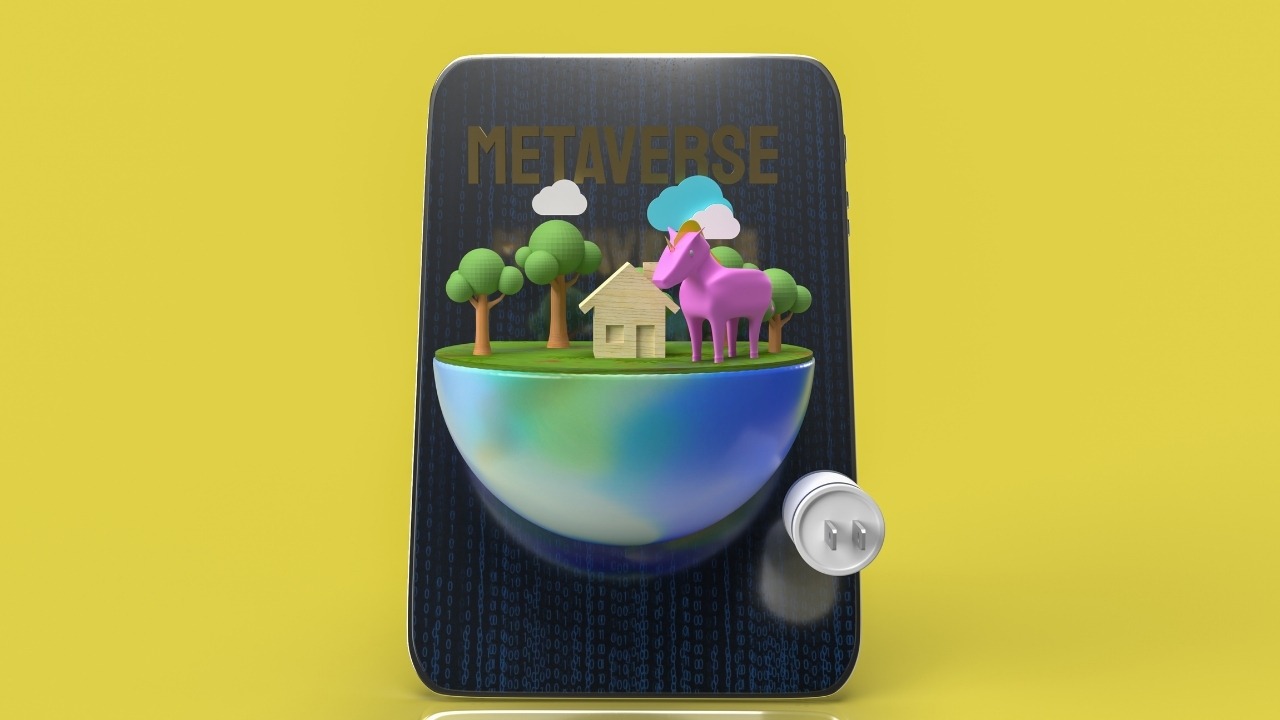What is Web 3.0 and its main characteristics?

Web 3.0 is the most current type of internet, whose main characteristics are democratization and based on semantic web technology. This web is built through a decentralized blockchain where there is no centralized ownership of content or platforms.
The semantic web, performs a process of automatic filtering of data, which implies that machines understand the meaning of the information contained on the web and thus, process the information faster, more accurately and efficiently.
An aspired scenario with the advent of Web 3.0 is that each user will have a personal profile on the Internet based on his or her search history, which will be used to provide a unique browsing experience. In this way, when two people enter the same search criteria in a service, each will receive different results according to their personal profiles.
The situation that has led to the emergence of this new web stage is the need for a more intelligent Internet, in which users find results that are really close and relevant.

Blockchain technology, why is it a revolutionary sector?
Why is blockchain technology a revolutionary sector and what investment opportunities does it present? Join us to answer these questions about investing in blockchain technology.
Differences between web 2.0 and 3.0
As far as differences are concerned, web 2.0 required the installation of applications to use certain services, while in web 3.0 it is possible to use the service directly in the browser without the obligation to install anything.
With web 3.0 the content is accessible from any device and regardless of the region where we are. Until a few years ago, it was very common that when entering a web page from a cell phone it would look bad; however, with the new technologies it is difficult for this to happen.
On the other hand, this type of web offers the user the possibility of using voice, images and immersive interactions, which turns the Internet into a spatial experience, very similar to the metaverse. This is in contrast to Web 1.0 and 2.0, which offer two-dimensional experiences and where primarily written search criteria are used.
Some examples of applications that were the boom of web 2.0 are: Chrome, Drive, Dropbox, Skype, Twitter, Whatsapp and Facebook while in web 3.0 enter the so-called DApps, which are decentralized applications, i.e. platforms that allow users to interact without a central entity that manages the service; such is the case of: Experty, Akasha, Status, COS and Brave.
Undoubtedly, Web 3.0 is a reality that will gradually penetrate our homes and daily activities, streamlining work and daily life.
Related news
-

The metaverse and its influence on technology investments
Companies are promoting the creation of the metaverse, so much so that the market valuation currently amounts to 800,000 million dollars and by 2030 it is estimated that this valuation could reach 2.5 trillion.
-

Increase of spectators in eSports tournaments around the world
The video game industry continues to rise and hand in hand, the popularity of eSports follows the same path.

















